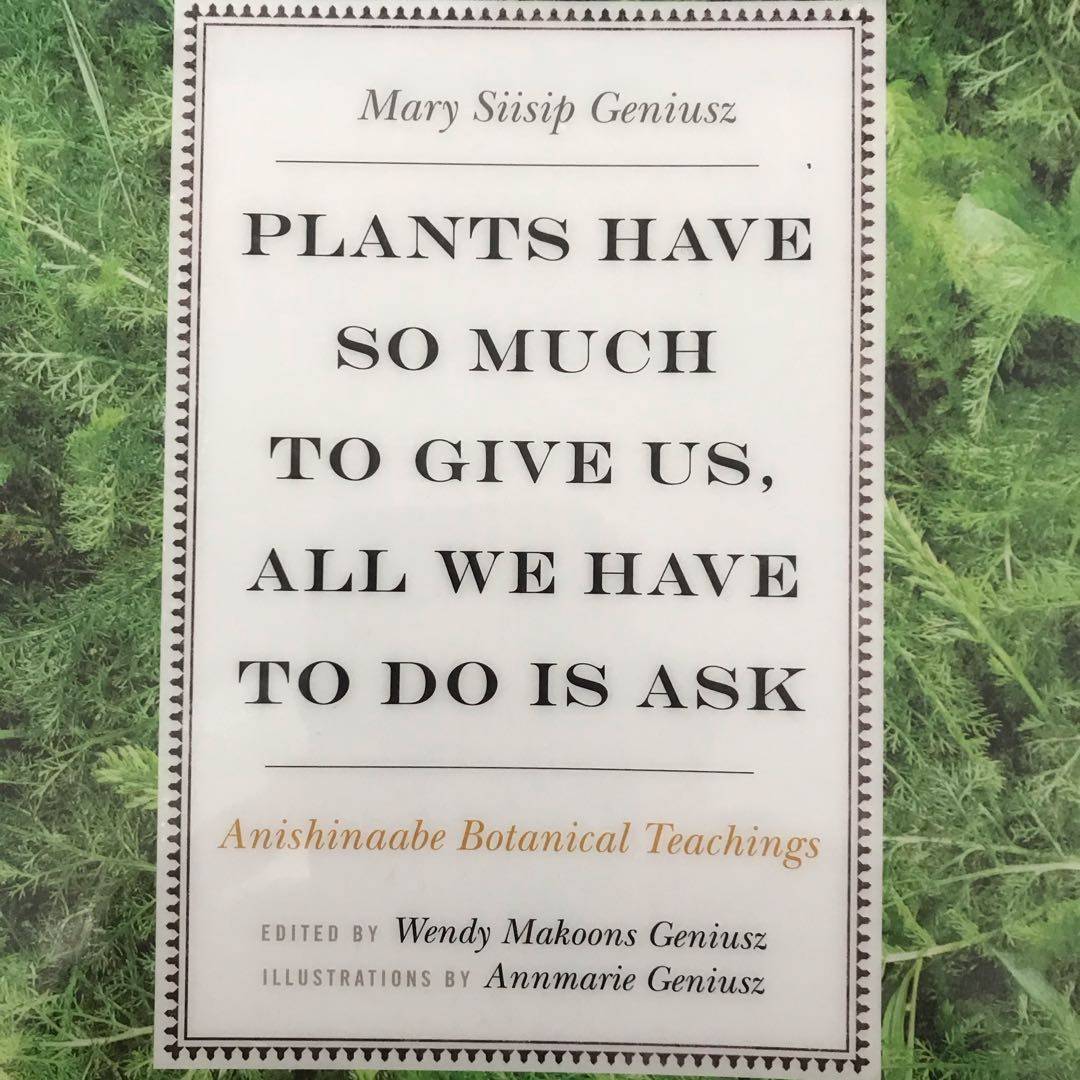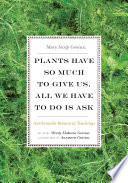
If you‘re into ethnobotany, this is a nice compilation of traditional knowledge from Anishinaabe (Ojibwe) Elders about using local vegetation for food, ceremony and, especially, for medicine. Stories like Naanabozho & the Squeaky-Voice Plant, Naanabozho & Paul Bunyan, Naanabozho & the Dancing Men. Medicinal plants include wild rose, plantain, monarda & yarrow. A recipe section at the back includes 11 preparations using violets! #Indigenous



















